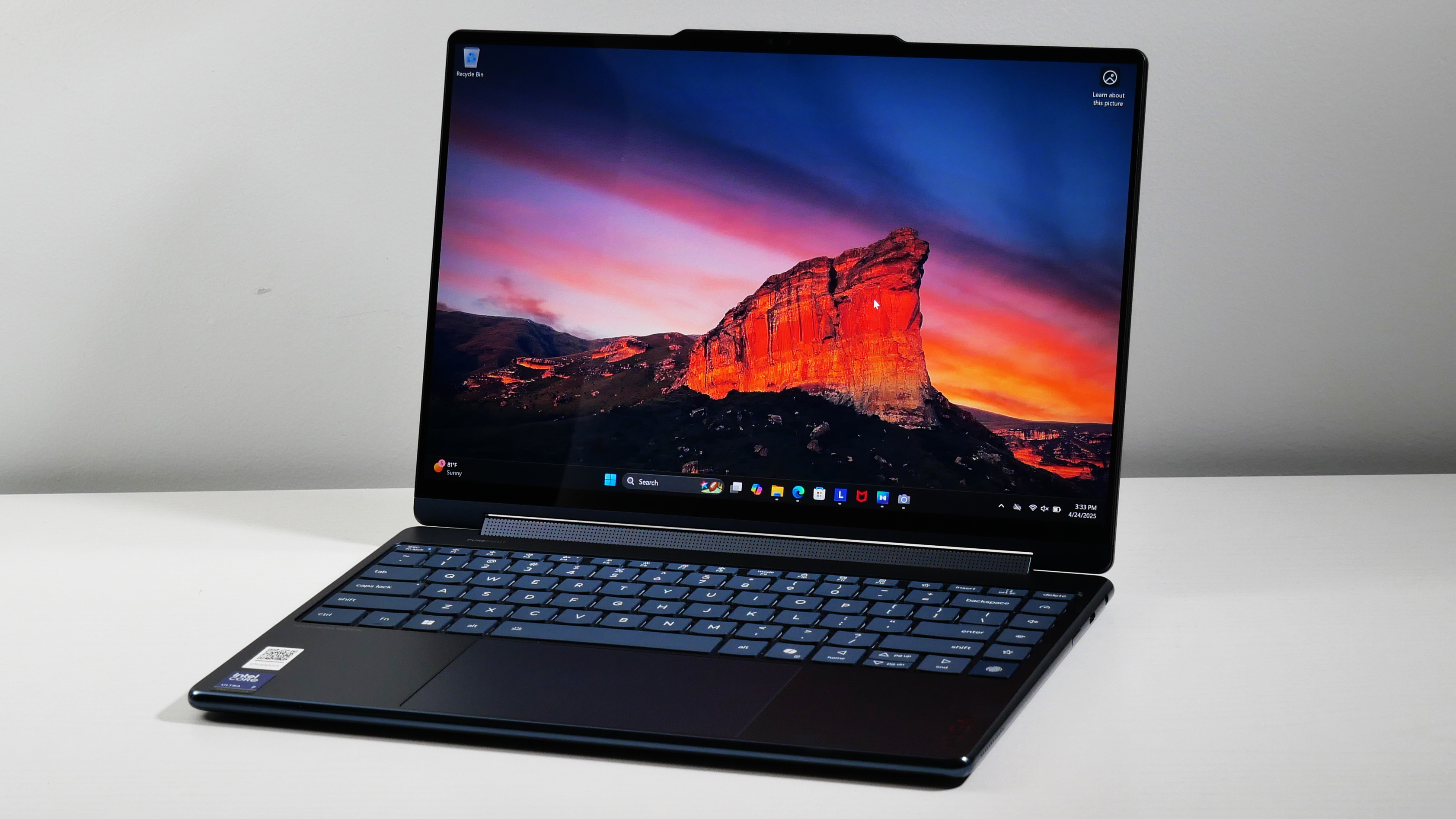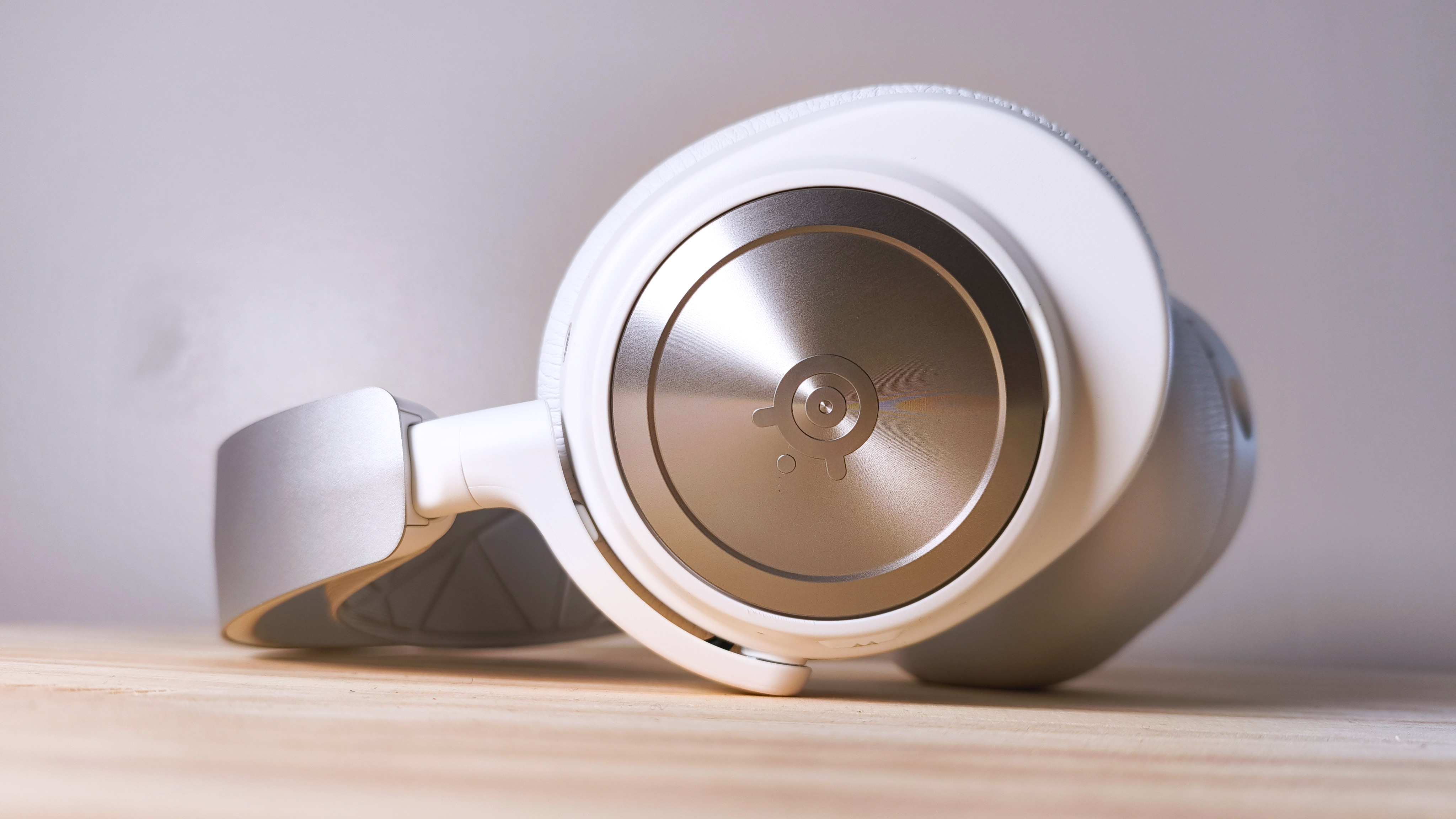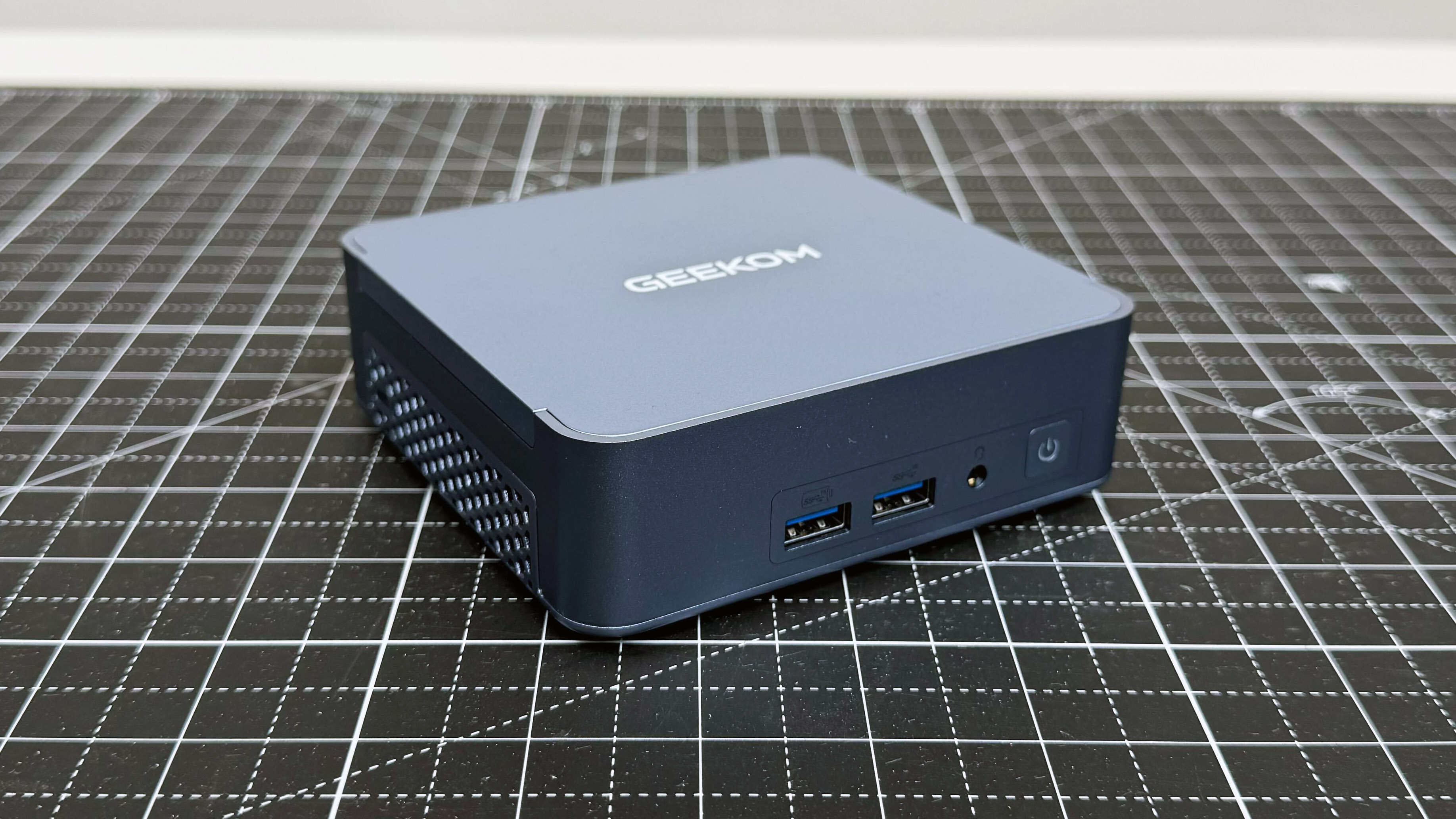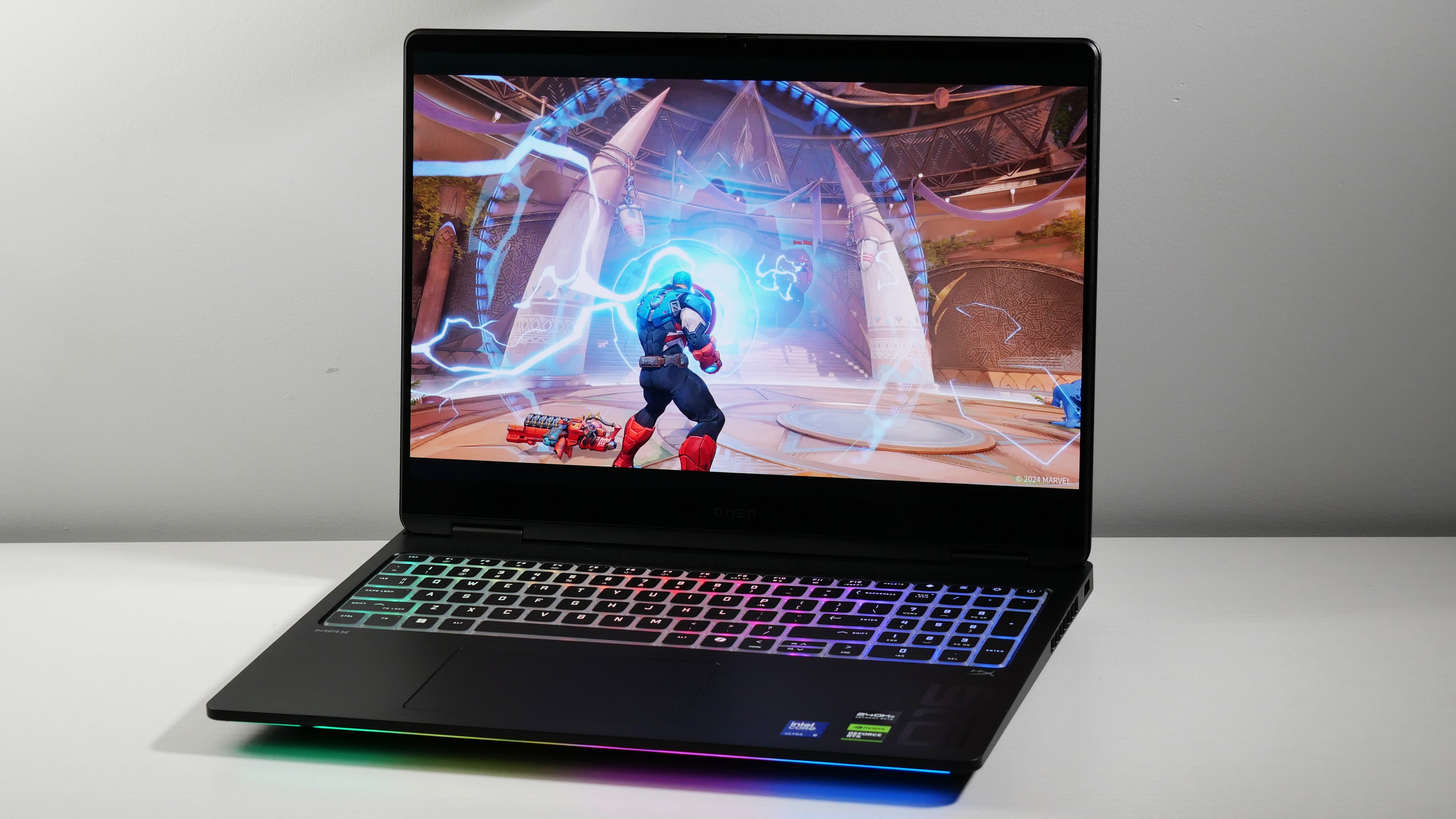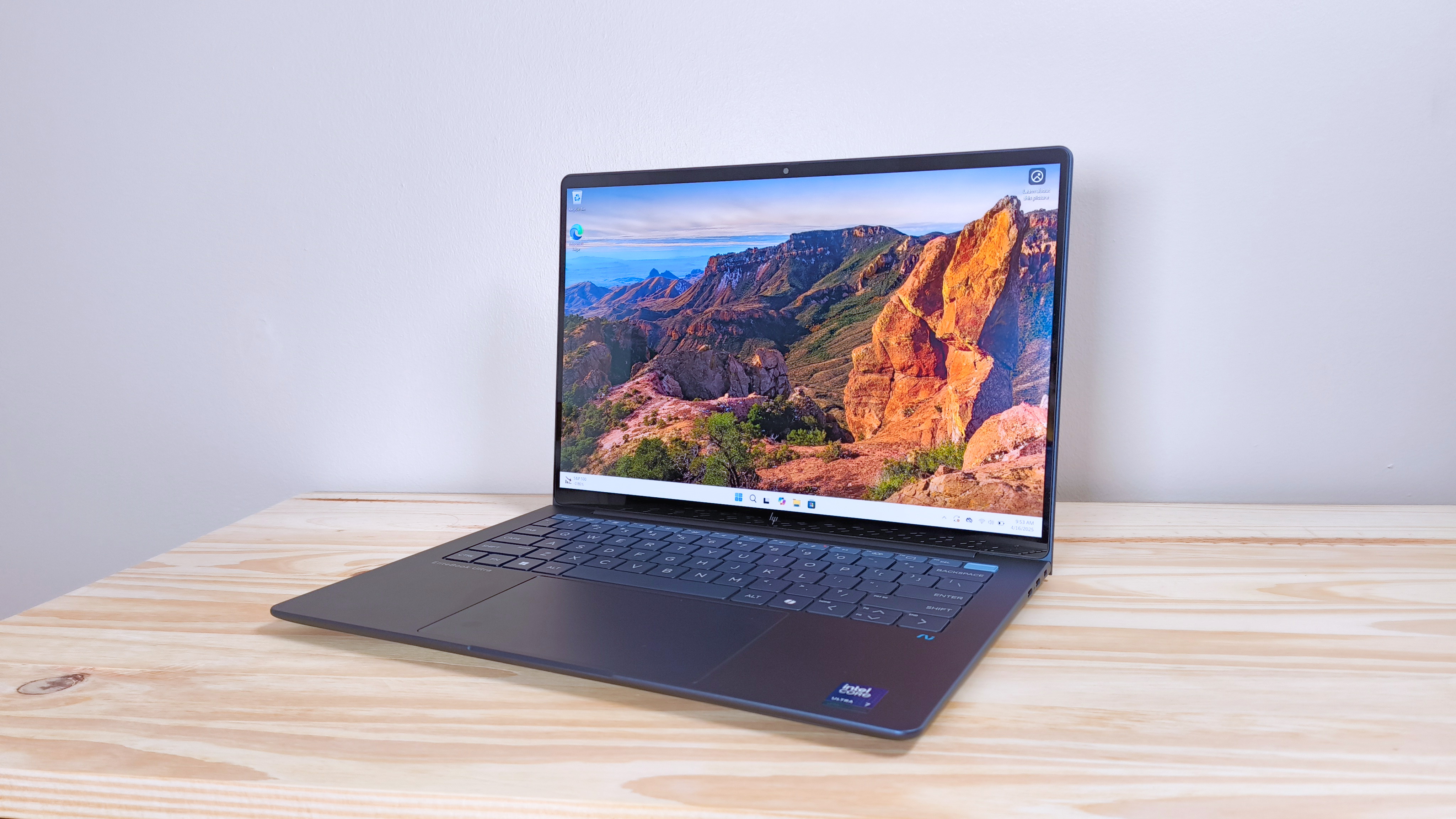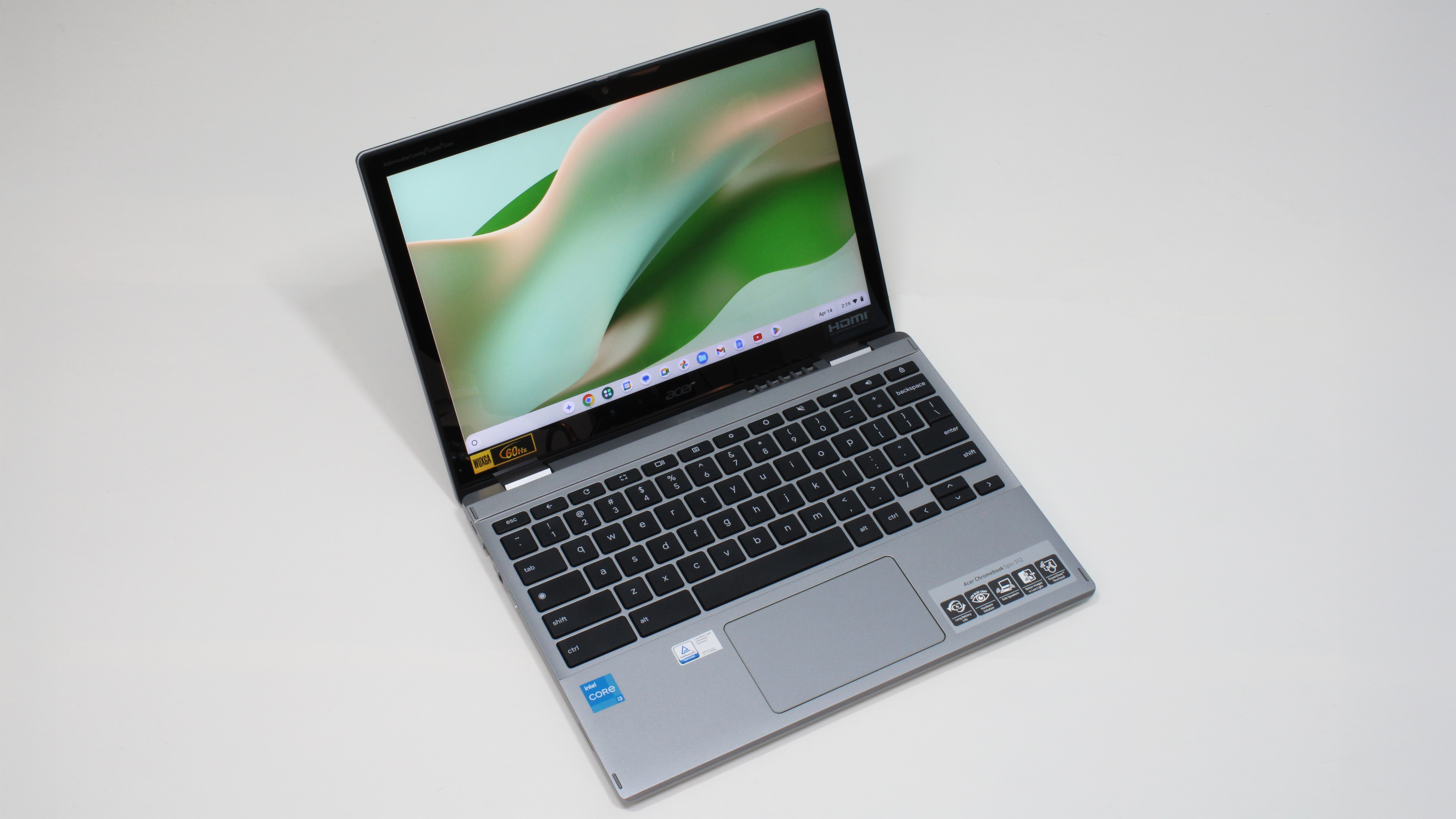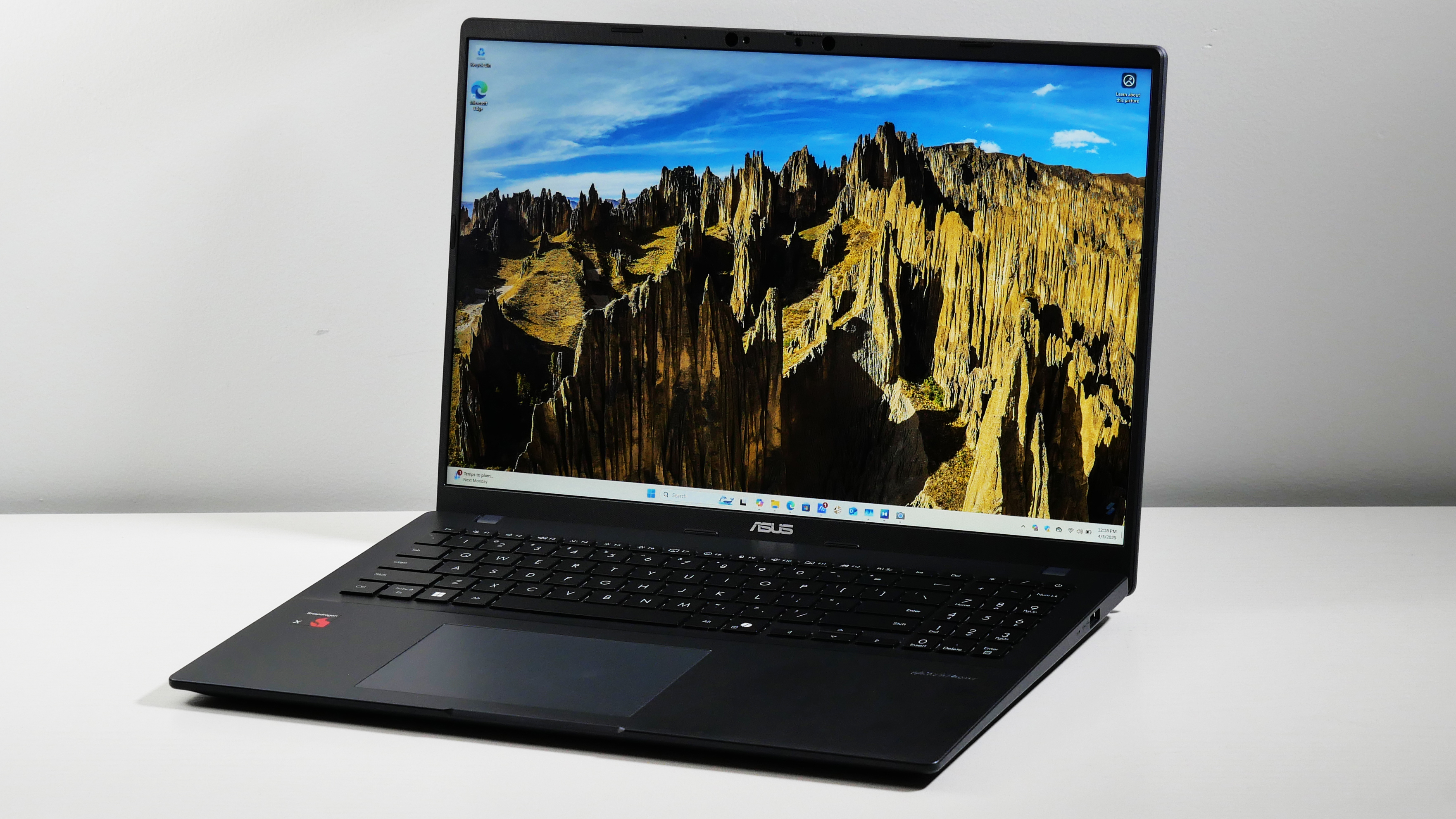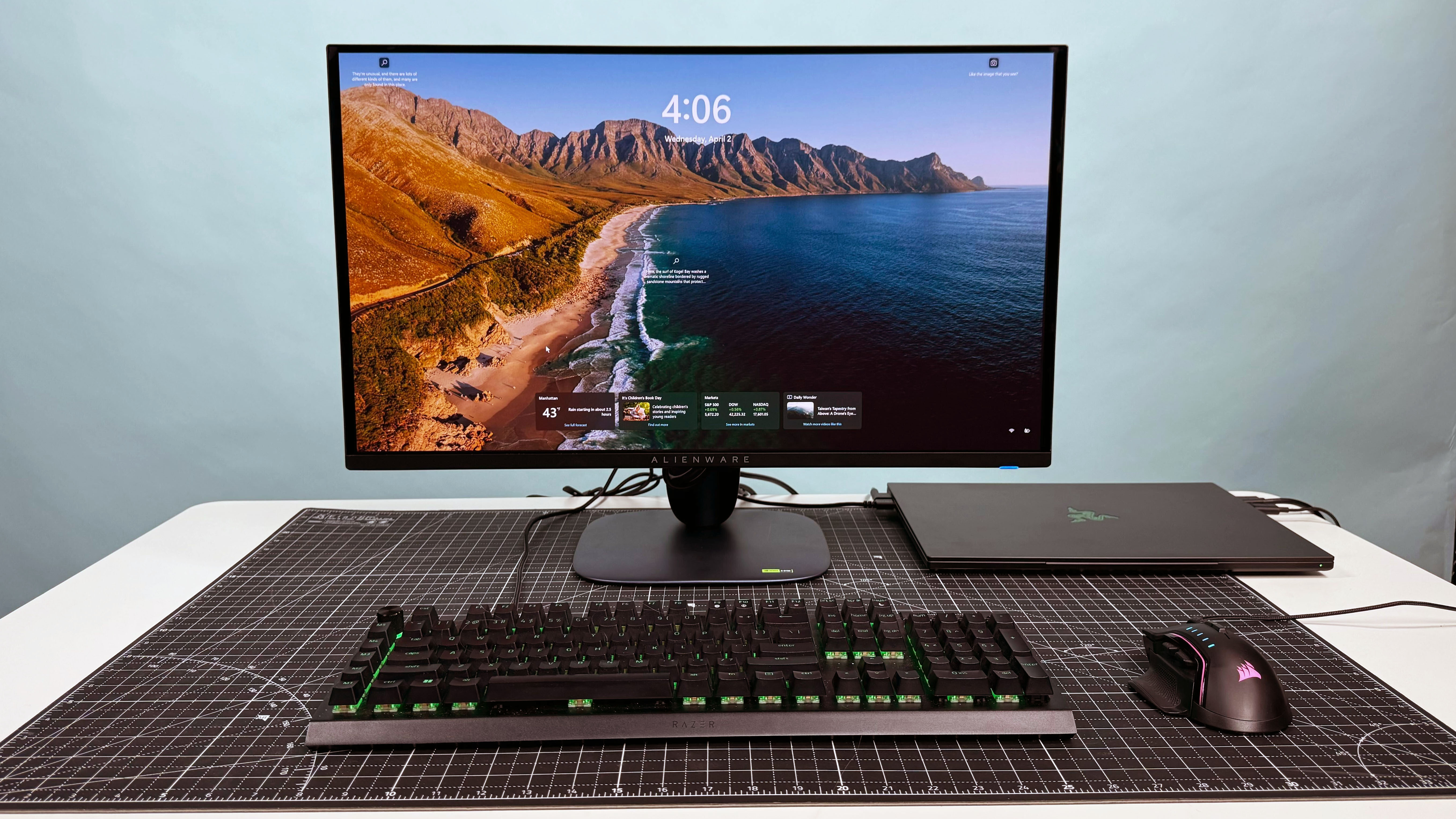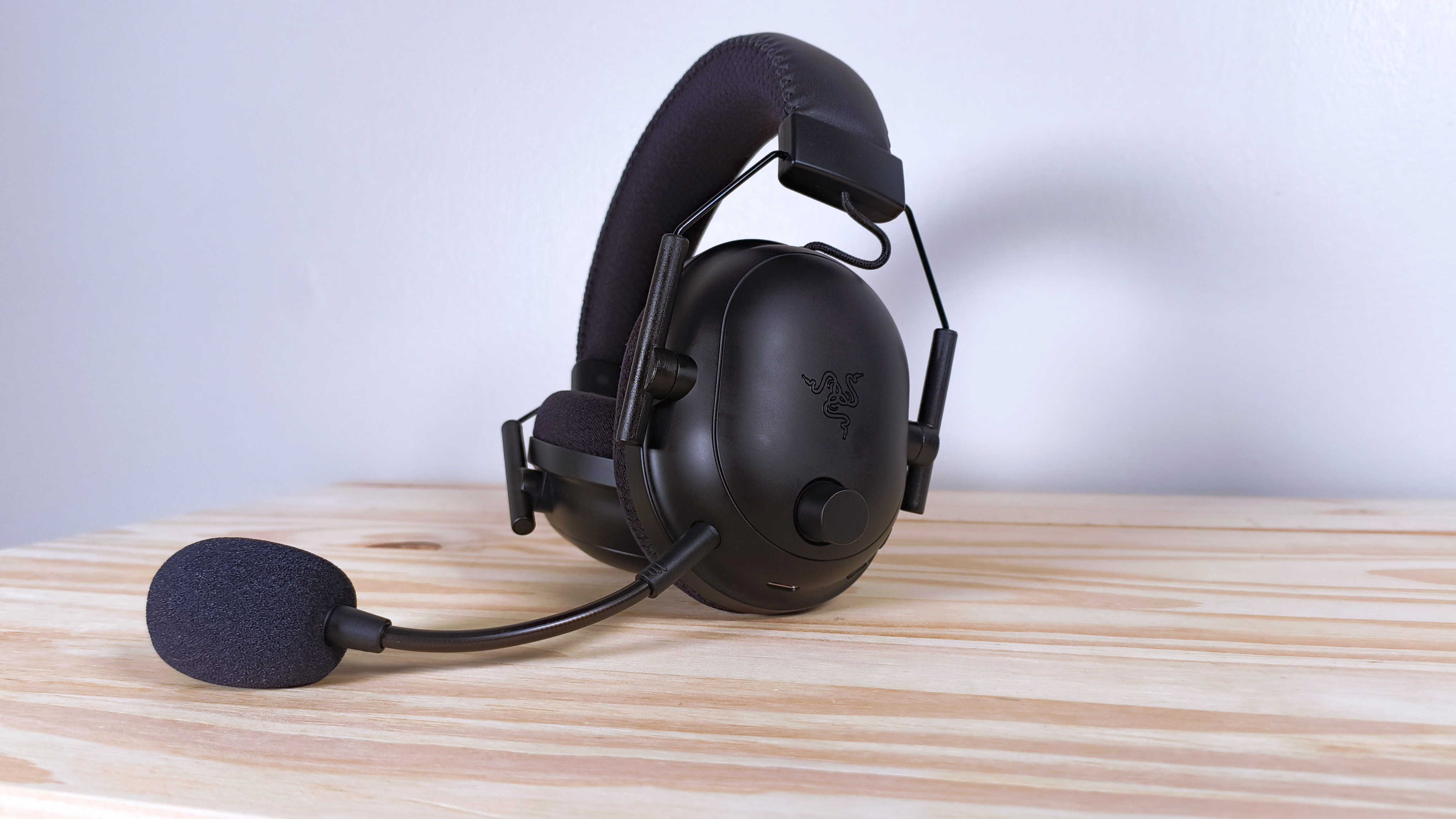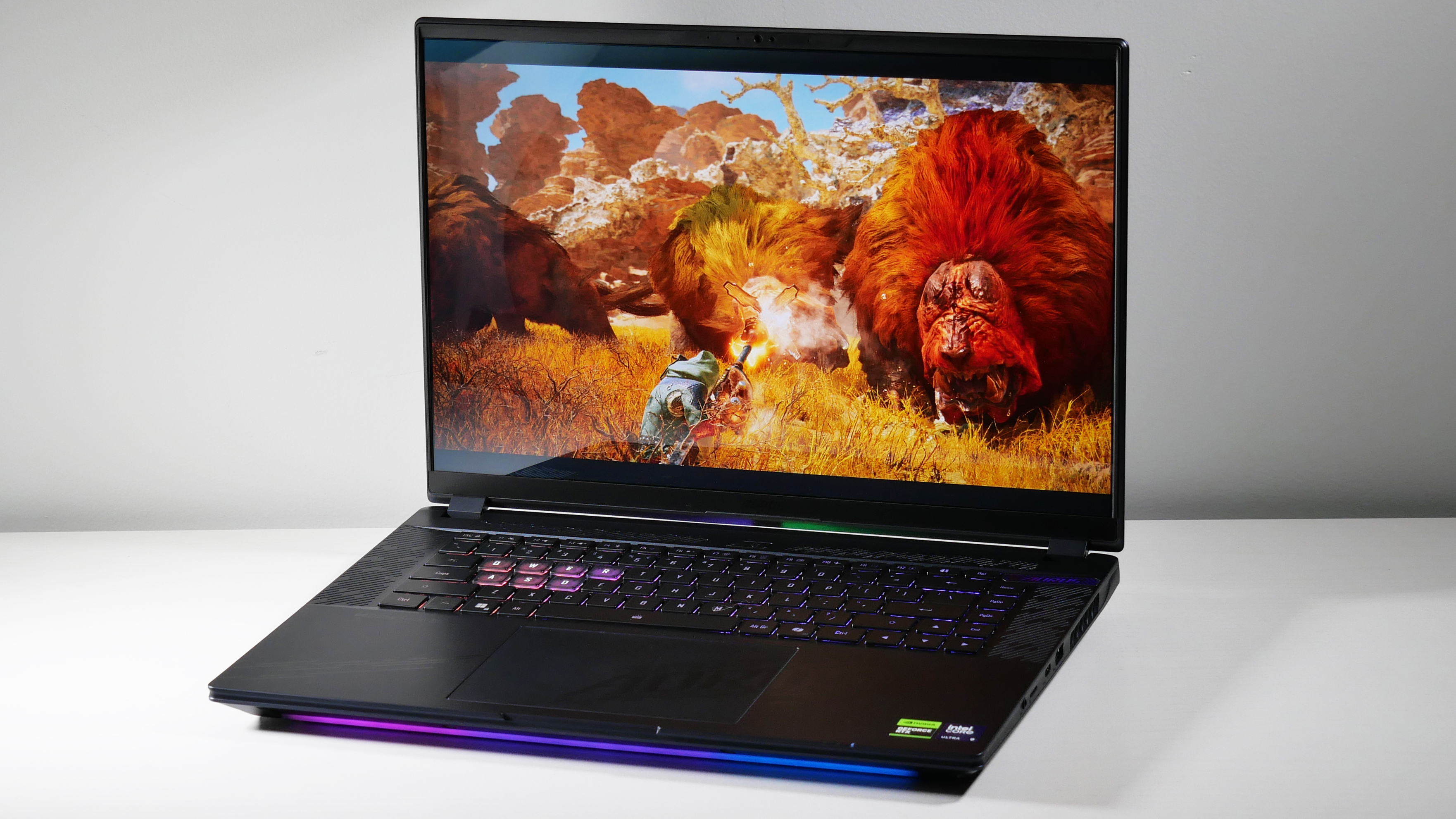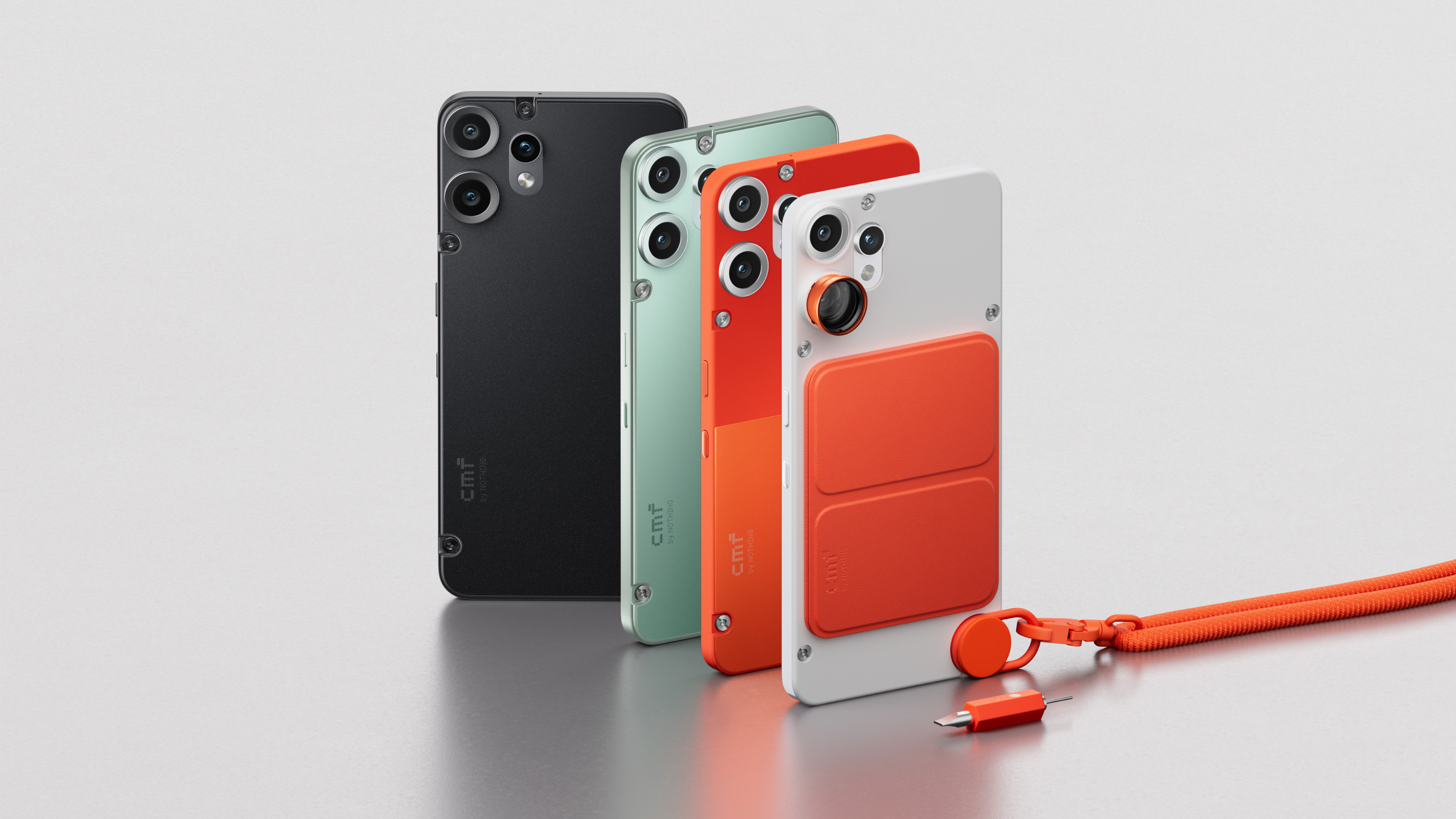Laptop Mag Verdict
The Samsung Galaxy S III for Sprint is the smartest Android phone yet and packs a fast camera, but the 4G network needs to catch up to the hardware.
Pros
- +
Slick, sexy design
- +
Features wide array of sharing options
- +
Good battery life
- +
Snappy camera
- +
Unlimited data
- +
Google Wallet support
Cons
- -
4G LTE not yet available
- -
Relatively dim screen
- -
Noticeable lag when returning to home screen
- -
S Voice suffers from network errors
- -
AllShare still second fiddle to Air Play
Why you can trust Laptop Mag
The Galaxy S III for Sprint adds unlimited data (a biggie for those who don't want to watch the meter) and exclusive features like Google Wallet to Samsung's flagship Android phone. Otherwise, this device is pretty much identical to what the other carriers offer--and that's a very good thing. From the massive 4.8-inch display and speedy camera to a bevy of fun sharing options and nifty gestures, the S III has it all. Wish you had something like Siri on Android? Samsung has you covered there, too, with S Voice. Is this smartphone a no-brainer for Sprint customers?
Portions of this review were taken from the Samsung Galaxy S III Review for AT&T.
See Also: Samsung Galaxy S III (AT&T), Samsung Galaxy S III (Verizon Wireless), Samsung Galaxy S III (T-Mobile)
Design
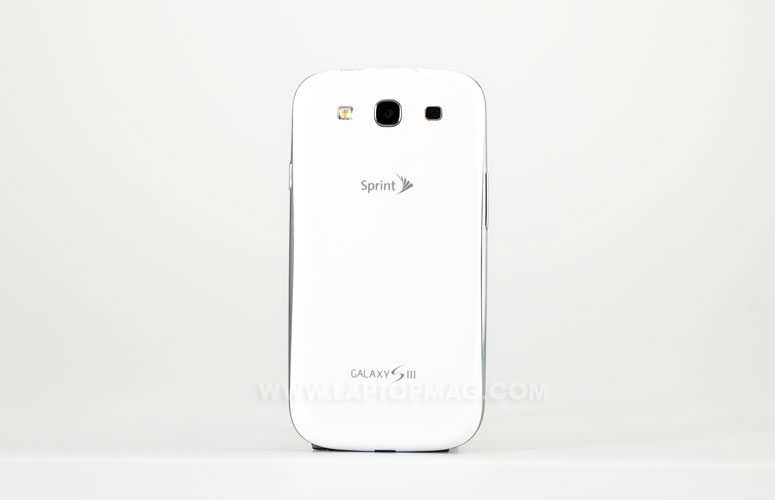
Click to EnlargeYou can tell from its rounded corners that Samsung designed the Galaxy S III to evoke nature. One thing's for sure: this handset is comfortable to use despite the huge screen. Samsung squeezed a 4.8-inch display into a lightweight 4.7-ounce design. The EVO 4G LTE is the same weight but slightly thicker (.35 vs .34 inches). Although the S III comes in two fashionable color options, Pebble Blue and Marble White, we prefer the unibody construction and metal edges of the EVO; it has a more premium feel.
On the other hand, the Galaxy S III is easier to turn on than the HTC because the power button is on the right side instead of up top. Although the removable plastic back feels somewhat flimsy when detached, at least you can access the battery, SIM Card slot, and microSD card slot with ease.
Samsung equips the Galaxy S III with a home button and two capacitive buttons on either side: menu on the left and back on the right. The home button feels solid, but we had some trouble adjusting to using one physical key and two capacitive keys. Plus, we'd much prefer a dedicated Recent Apps key to a Menu button. Instead, you have to press and hold the Home key to multitask, which wastes time.
Display
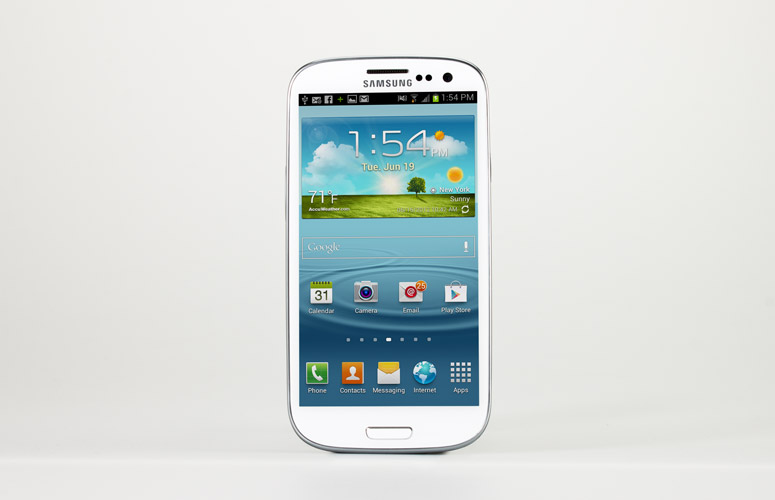
Click to EnlargeWe wouldn't call it an Achilles' heel, but the Samsung Galaxy S III's display certainly isn't best in class. The Super AMOLED panel offers full HD resolution (1280 x 720 pixels), which means you can see a lot of a webpage without scrolling and enjoy sharp-looking text. And like most AMOLED screens, the S III delivered wide viewing angles and excellent contrast when viewing "The Avengers" trailer on YouTube.
Unfortunately, the EVO 4G's screen is better in practically every way. When viewing the same trailer side by side, the Super LCD 2 screen on the HTC looked significantly brighter. One onlooker said "It's no contest." Whites tend to have a blue cast on the S III's screen.
The S III registered 222 lux using our light meter, which is less than half the brightness of the HTC EVO 4G LTE (525 lux) but slightly better than the AT&T SIII (210 lux). The category average is 300 lux. We also had some trouble reading the S III's display in direct sunlight.
Audio
It's the rare smartphone that we can hear over a running shower. The S III's back-mounted speaker positively boomed when we streamed The Black Keys "Gold On the Ceiling." Patrick Carney's howling vocals were loud enough to fill a small room even at three-quarter volume, putting the iPhone 4S to shame. The audio didn't distort, either.
The S III also proved plenty loud when S Voice talked back to us and when providing spoken GPS directions. Users can customize the equalizer when playing music.
Software and Interface
Samsung's updated TouchWiz interface rides on top of Android 4.0 Ice Cream Sandwich on the Galaxy S III. Most of Samsung's additions are welcome, though you'll have to dig to activate or tweak many of the features.
Click to EnlargeIn addition to sporting a fun pond theme on the lock screen that creates ripple effects with each touch, the S III provides four lock screen shortcuts you can swap out as you see fit. (It's under Settings/Security). You can also display a news ticker to keep up to speed on the latest headlines, though this option will eat up some power.
We appreciate the quick settings bar in the notification shade. From this one bar you can toggle everything from the Wi-Fi and Airplane mode to activating power saving settings. The Galaxy S III features seven homescreens you can populate with widgets and shortcuts. The main screen houses a weather widget up top powered by AccuWeather. Like other Android Ice Cream Sandwich phones, the Recent Apps menu displays the apps you have open and lets you either open them with a tap or close them by swiping them off the screen.
We're not fans of how the S III handles folders. Instead of simply dragging and dropping one app onto another like stock ICS, you need to press and hold an icon and drag it to the bottom of the screen to a Create New Folder icon. The Pop Up Play feature (pictured) is pretty neat though. You can start watching a video and then continue watching it as you enter another app. It's like picture in picture on a phone.
Keyboard
Click to EnlargeThe Galaxy S III has one of the better keyboards we've used. The keys have ample space between them to avoid typos, and we typed quickly while making few errors. Using the T9 Trace feature, you can also swipe between letters to make words. We entered full sentences in S Memo and in the Email app easily with one finger. The layout on the HTC One X provides more long-press shortcuts but it's not as accurate overall and takes up more vertical space.
Motion Settings and Smart Stay
Where Samsung has HTC beat is with Motion Settings. You can do a heck of a lot just by utilizing multiple gestures. For instance, Direct Call enables users to call a contact by bringing the phone up to your ear, either while you're in the Messaging app or while you're on a Contact's page. This feature worked reliably in our testing.
Another motion feature enables you to scroll to the top of a long list (like your inbox) by tapping the top of the S III twice. Other neat tricks include the ability to silence sounds by flipping the phone over. The latter feature effectively muted an incoming call but didn't work with a track we downloaded from Play Music.
Perhaps the coolest feature inside the S III is Smart Stay, which looks for eye contact to prevent the screen from dimming while you're reading content. When we set the display time-out for 15 seconds and set the phone down, the screen dimmed after a few seconds, but when we picked it back up a little eye icon appeared letting us know that the S III was looking for us.
A Focus on Sharing
One of the biggest themes of the Galaxy S III is sharing, whether it's beaming photos or videos to nearby phones or sharing content with a nearby TV. Here's a quick overview of the features and how effective they are.
S Beam: Like Android Beam on steroids, S Beam leverages NFC technology (for the initial handshake) and then Wi-Fi Direct to transfer files big and small between two phones. It took us less than 20 seconds to beam a 30-second 1080p video from one Galaxy S III to another, a task that we wouldn't even attempt over the Web because of the 63 MB file size.
Once Wi-Fi Direct is turned on, you can just tap the back of the S III to another and wait for a vibration. Then you touch the screen to share the file. The other person just needs to tap to accept the transfer.
Buddy Photo Share: The Galaxy S III can remember faces in your photos to make it easier to share images and post them to Facebook. When you take a photo you'll see a yellow box outline subjects' heads, which you can then match to contacts in your address book. In our experiment, the S III successfully identified the same contact in two different images.
When you tap that person's name, you'll see four different options: Call, Message, Email and Social. Clicking the phone icon automatically launched a call, but the other icons didn't do what we expected. Tapping the message and email icons opened new messages but didn't automatically attach the image. Samsung says this is a bug. Meanwhile, tapping the social icon launched the person's Facebook wall but didn't ask us to post the photo.
Share Shot: A handy feature for parties, Share Shot enables Galaxy S III users to broadcast the images they've taken to other nearby Galaxy S III phones. Available as a shooting mode within the camera, this feature also uses Wi-Fi Direct, so you don't need to connect to a hotspot. (The phones create a network of their own.) Once you've selected the devices you want to connect to, just start shooting. In our testing, the photos we took automatically showed up in the RECV folder in another S III"s Gallery, though there was some lag.
AllShare Play: Apple's AirPlay still has nothing to fear. The good news is that Samsung has made streaming content to a TV and other connected home entertainment gear more intuitive over Wi-Fi. You'll see an icon show up in the top left corner of your playback window if you can share a piece of content with a device (in our case a 50-inch Samsung TV). However, photos were slow to show up on the set, and the network choked on our 1080p video. It was worse than a slideshow.
S Voice
We didn't have the highest hopes for S Voice when Samsung's answer to Siri greeted us with a disclaimer stating that this feature was provided by a third party. Overall, S Voice offered mixed results.
Click to EnlargeS Voice borrows liberally from Siri's interface design with a microphone button down below and dialog boxes on a black background for questions and answers.The S III has a long list of voice-activated talents, from texting and navigating to an address to scheduling appointments and alarms. The S III successfully created a text message asking a friend if he wanted to come to dinner. It also gave us the weather forecast and recommended some local steakhouses, but network errors kept popping up periodically.
What S Voice lacks versus Siri is contextual intelligence. On the iPhone you can ask about steak places and then say "How about Mexican?" and it will know you're still talking about restaurants. S Voice didn't know what we meant.
S Voice does incorporate a few features the iPhone won't have until iOS 6 launches this fall. For instance, you can speak Twitter updates into the phone, after which you can post or cancel with a tap (but not edit). You can also open apps just by speaking them allowed, though this was hit or miss. Angry Birds worked, but Slacker Radio did not. Neither did Temple Run.
Performance
Like most top-end Android phones with LTE speeds these days, the Galaxy S III uses a 1.5-GHz Snapdragon S4 processor, but offers 2GB of RAM to the HTC One X's 1 GB. These components translated into impressive benchmark results.
On the CPU portion of the Benchmark app, the S III notched 4239, compared to 5,450 for the EVO 4G LTE and 2,544 for the Android average. On the multi-core section of the Linpack test, the S III pulled ahead scoring 187 to the Evo 4G LTE's 88.
So what about graphics? The S III scored 7,266 on An3DBench, which is higher than the Android average (7,052) but slightly behind the new EVO (7,390). The S III beat the EVO on Quadrant, which measures CPU, I/O and 3D graphics. The Samsung registered 5,159, versus 4,736 for the HTC.
In everyday use, the Galaxy S III was snappy in some respects but laggy in others. Swiping through homescreens was smooth, and most apps openly instantly. We also enjoyed fluid gameplay (pun intended) when tearing around the water in our jet ski on Riptide GP.
However, this phone was noticeably slower to return to the home menu from apps than the One X or iPhone 4S. There's a definite pause. We also noticed a slight delay when launching the Recent Apps menu.
The S III comes with 16GB of storage, but can accommodate up to a 64GB microSD Card.
3G, 4G LTE and Web Browsing
Click to EnlargeThe Galaxy S III may feature a 4G LTE radio, but that doesn't mean you'll be able to take advantage of its blazing speeds. That's because Sprint's nascent 4G LTE network is expected to reach just six cities by mid-2012. Unfortunately, New York, where we tested the phone, is not one of the lucky six.
We had to make do with Sprint's outdated 3G data network. On SpeedTest.net, the Galaxy S III's download speeds moved at a snail's pace, averaging just 0.3 Mbps. Upload speeds were just as anemic, averaging 0.31 Mbps.
Browsing the web was fine on mobile sites. It took 11 and 6 seconds, respectively to load the mobile homepages for ESPN.com and NYTimes.com. However, when tested side by side with the S III for AT&T, the Sprint version took 38 seconds to load the full desktop side of NYTimes.com, compared to just 6 seconds for AT&T's model.
Apps
Samsung bundles a bunch of its own apps for the Galaxy S III, including Email, Calendar, ChatOn (for free texting), Kies Air (for transferring content between phone and PC) and Media Hub (for downloading movies and TV shows). The content selection looked fairly current, including Sherlock Holmes: A Game of Shadows and Contraband. Titles are $3.99 to rent and $17.99 to buy but aren't available in HD.
Other highlights include S Memo, S Suggest (app recommendation engine), and a Voice Recorder.
Click to EnlargeSprint bundles the Galaxy S III with its standard array of apps, including its Sprint Zone and Sprint Hotspot. The Sprint Zone app provides users with information ranging from Sprint specific news and promotions to suggested apps and customer support, while the Sprint Hotspot app allows you to connect up to 10 devices to the web wirelessly through the Galaxy S III's wireless data connection.
The biggest difference between Sprint's Galaxy S III and the competition's is that Sprint is the only carry to preload its version of the Samsung's halo phone with Google Wallet. So you can use the device as a debit or credit card at participating retailers including Radio Shack, Duane Reade and CVS.
The most high-profile pre-loaded app on the S III is Flipboard, the gorgeous news reader app. Right now it's only available in beta for other Android phones. You can download hundreds of thousands of apps and games from the Google Play Store, such as the fun and fast-moving Temple Run Brave Game.
Camera and Camcorder
Click to EnlargeSamsung gives the Galaxy S III's 8-MP camera serious speed, letting you capture up to 3 photos per second. If you engage Best Shot mode, the phone will take 8 shots and let you pick the best one. So how good are the photos? Outdoor shots generally looked sharp and well saturated. We could make out the cupcake crumbs on an 8-year-old's teeth from several feet away.
However, some of the S III's images turned out soft with a slight haze, especially when compared with the iPhone 4S. Engaging HDR mode helps, really bringing out the clouds in one shot, but Apple's device did better in auto mode. Indoors, the S III's images looked somewhat fuzzy in low light. The flash was powerful enough to compensate in those situations.
A 1080p video we captured of a 4-year-old riding around in an electric toy car looked positively stunning. The electric blue vehicle really popped, as did the green grass. We could easily discern all the Toy Story characters on the windshield, and playback was nice and smooth.
Call Quality and Battery Life
During our testing the Galaxy S III offered decent call quality on Sprint's network. Callers sounded loud and clear, although we did detect a bit of distortion during one call. The included extra volume option, which increases the volume of a caller's voice, made listening to a call in a loud environment much easier. The louder volume did, however, cause the Galaxy S III's speaker to crackle on occasion.
The Samsung Galaxy S III's 2,100 mAh battery packs enough juice to get you through the workday and then some. On the LAPTOP Battery test, which involves continuous web surfing over 3G with the display set to 40 percent brightness, the Galaxy S III ran for an impressive 7 hours and 40 minutes. Of course, that number would be significantly lower if we were running the test on Sprint's 4G LTE network. Regardless, that number is far better than the category average (5:51).
The AT&T version of the Galaxy S III, which completed the LAPTOP Battery test while running on AT&T's 4G LTE, managed an impressive 6:28
Samsung TecTiles and Accessories
The S III's most ingenius accessory is a sticker. Samsung's NFC-powered TecTiles tags ($15 for a five-pack) let you toggle all sorts of settings or perform certain actions with just a tap. Once you download the free TecTile app, it's a cinch to program what you want the device to do once it comes close to the sticker, whether it's engaging silent mode or setting your alarm.
Other TecTile-oriented feats include triggering a text message (good for letting mom and dad know when Junior has arrived homes), checking in to a location/business, and posting a Facebook or Twitter status. If you have a household with other NFC-capable Android phones TecTiles should work with those, too.
Other accessories include a desktop dock (with speaker line out and micrUSB; no HDMI), HDTV adapter, and multiple case options.
Verdict
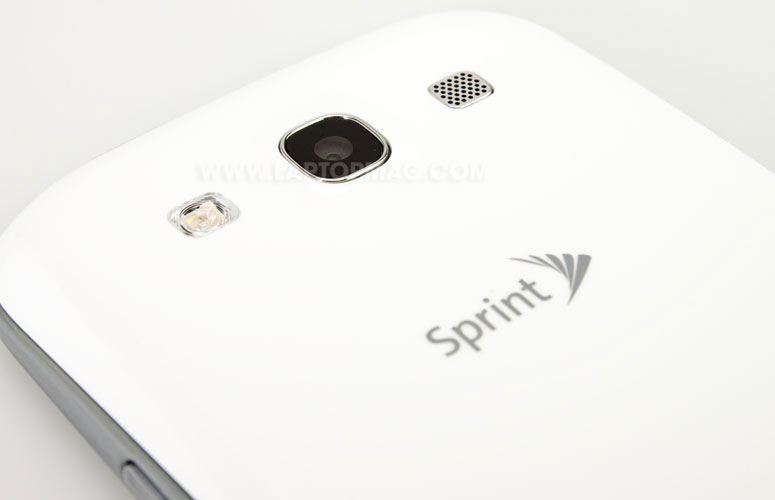
Click to EnlargeSprint now has two great phones at the top of its lineup: the Samsung Galaxy S III and the EVO 4G LTE. The Galaxy impresses because it packs a bigger screen into a slimmer design. You also get longer battery life to go along with a host of time-saving features, from S Beam to Direct Call. Where the EVO pulls ahead is its brighter screen and more intuitive Sense interface.
If you absolutely must have a Galaxy S III, we'd suggest picking it up on a carrier with a built-out 4G LTE network. But if you want unlimited data for a reasonable price, Sprint's version is definitely worth picking up. And if you buy it now you'll have plenty of time to learn everything the S III can do.
Samsung Galaxy S III (Sprint) Specs
| Audio formats supported | AAC, MIDI, FLAC, AMR-NB, AMR |
| Bluetooth Type | Bluetooth 4.0 |
| Brand | Samsung |
| CPU | 1.5-GHz Snapdragon S4 |
| Camera Resolution | 8 MP |
| Carrier | Sprint |
| Company Website | http://www.sprint.com |
| Data | HSDPA, LTE |
| Display (main) | 4.8 inches (1280x720 pixels) |
| Form Factor | Candybar Touchscreen |
| Front Camera Resolution | 1.9MP |
| GPS | Yes |
| Internal Memory | 16GB |
| Memory Expansion Type | microSD Card |
| Networks | HSDPA 850/900/1900/2100 |
| Operating System | Android 4.0 |
| Photo formats supported | JPEG |
| RAM | 2GB |
| Size | 5.4 x 2.8 x 0.3 inches |
| Video formats supported | ASF, 3GP |
| Weight | 4.7 ounces |
| Wi-Fi | 802.11 a/b/g/n |

